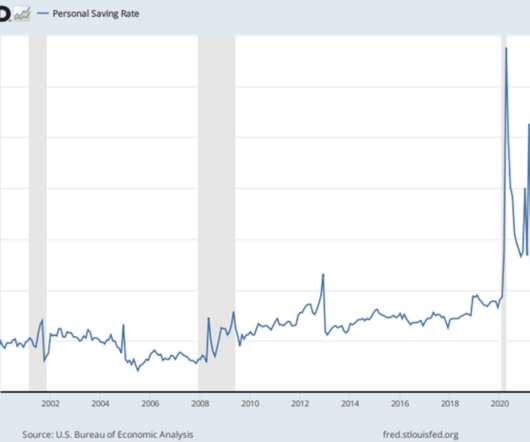The pro-cyclicality of capital ratios and credit supply, a tale of two sizes
BankUnderground
APRIL 28, 2023
The reforms aimed to ensure that banks have sufficient capital resources to absorb losses and reduce the cyclical effects of bank capital (and regulation) on the supply of bank credit in stress. Additionally, regulators in various jurisdictions have been trying to create simpler (but not weaker) regulatory frameworks for small banks.




















Let's personalize your content